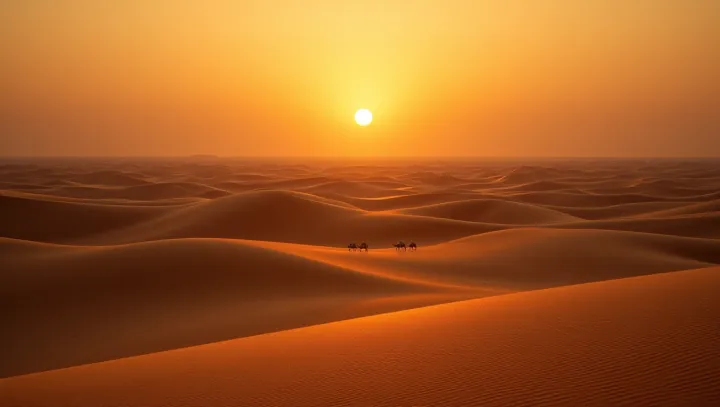Exploring the Vastness of the Rub' al Khali Desert

Lying sprawled across the Arabian Peninsula, the Rub' al Khali is a testament to nature's grandeur. Known as the 'Empty Quarter' in English, it stretches across more than 250,000 square miles, making it the largest sand desert on the planet. This expanse of towering dunes and shifting sands captures the essence of untouched beauty, attracting both adventurers and scientists.
Primarily located in southeastern Saudi Arabia, the Rub' al Khali extends into neighboring Oman, the United Arab Emirates, and Yemen. Its vastness is not merely an expanse of lifeless sands but a realm that harbors hidden ecosystems, further piqued by its extreme conditions. Researchers journey into its depths to study its unique flora and fauna, seeking to unlock the secrets held beneath these undulating dunes.
The allure of the Rub' al Khali isn't limited to the scientific community. Thrill-seekers from around the globe visit this desert to engage in a variety of adventure activities, finding both beauty and challenge in its dunes. Professor John Matthews, a desert ecologist, refers to it as 'nature's great canvas'—a landscape constantly being reshaped by the winds, offering a tableau of ever-changing vistas.
The Rub' al Khali's significance extends beyond its physical magnitude. It continues to be a source of cultural heritage, steeped in the history of the Bedouin tribes who once navigated its vastness. As the modern world encroaches, initiatives to preserve this natural wonder and its cultural legacy are gaining momentum.
Ensuring that the Rub' al Khali withstands the test of time is vital for both its ecological and historical importance.
